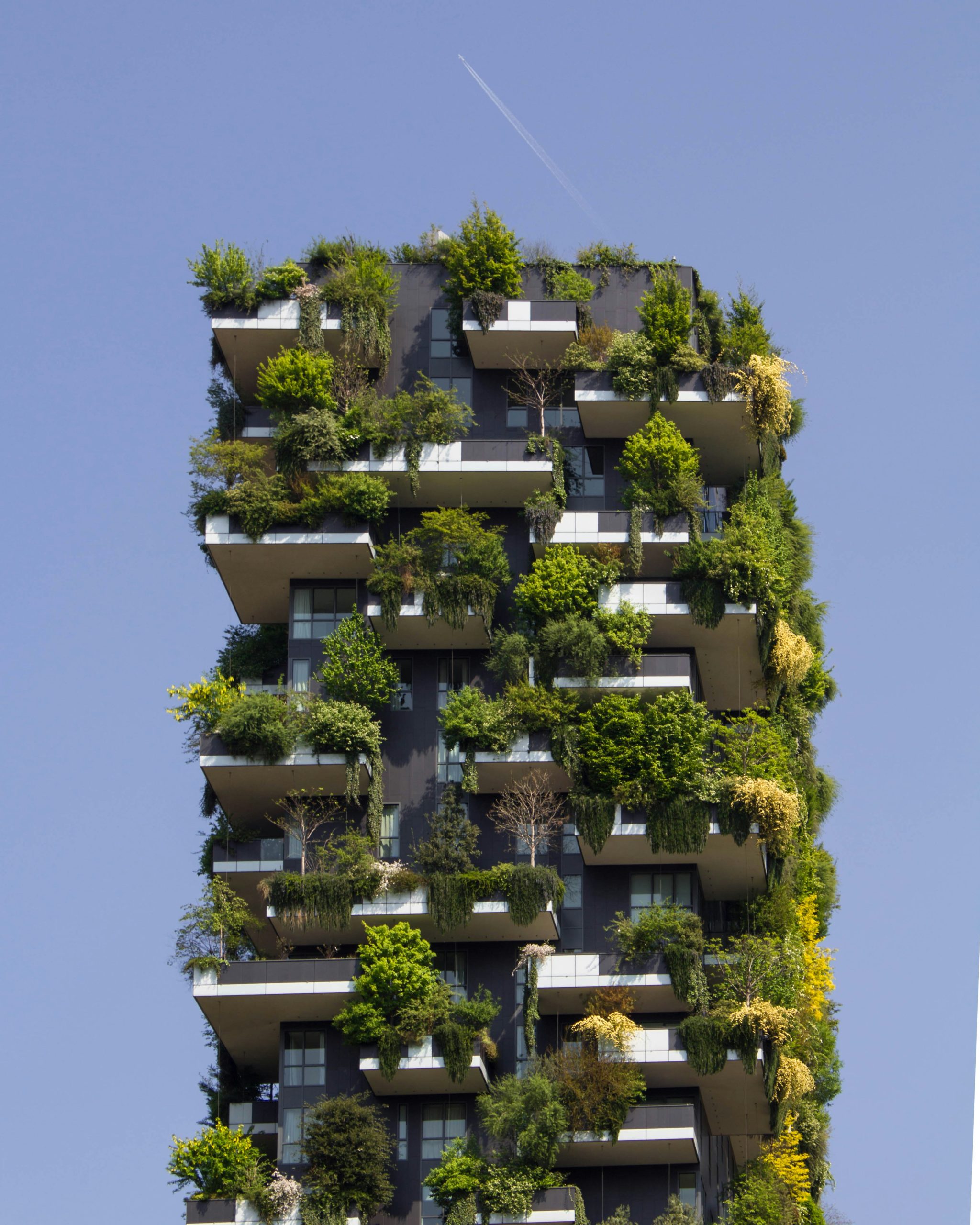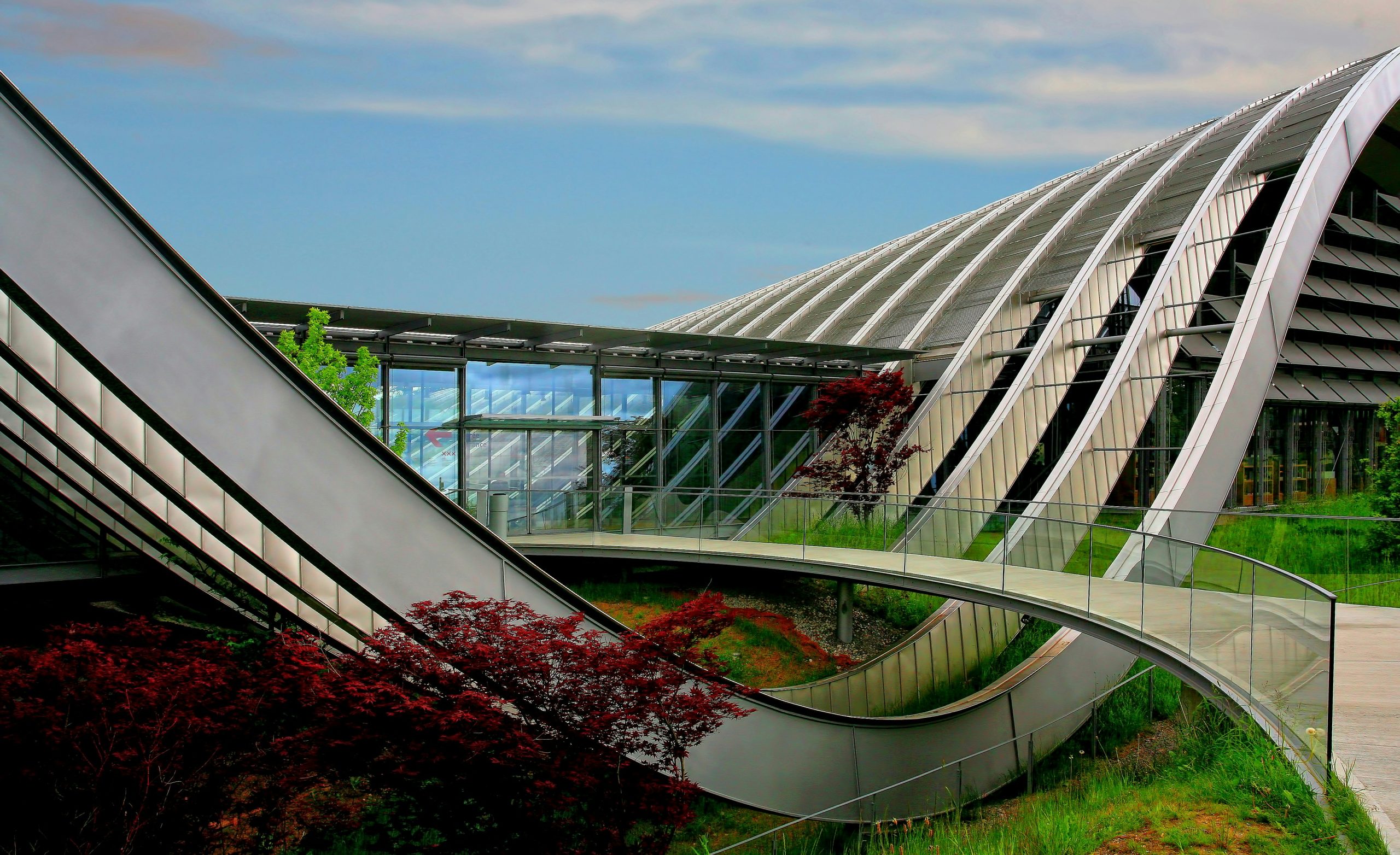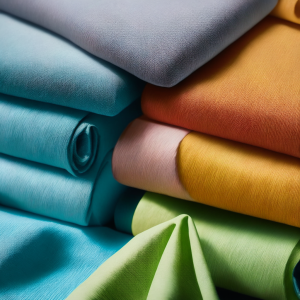In our journey toward creating a more sustainable and eco-friendly world, “How Do Green Building Certifications Impact Sustainable Architecture?” explores the transformative role these certifications play in shaping modern architecture. We delve into the ways such certifications encourage the use of environmentally responsible materials, energy-efficient design, and thoughtful resource management, ultimately leading to structures that honor both nature and functionality. Together, we uncover how these certifications serve as catalysts, driving innovation and setting higher standards for sustainable living and building practices. How do green building certifications impact sustainable architecture? Have you ever wondered about the tangible effects of those green building certifications you often hear about? Do they genuinely contribute to a more sustainable built environment, or are they just another set of regulations to follow? Join us as we delve into how these certifications shape modern architecture and foster sustainability in the construction industry.
What are Green Building Certifications?
Green building certifications are a set of standards and methodologies designed to evaluate the sustainability and environmental impact of buildings. These certifications aim to reduce a building’s ecological footprint and promote eco-friendly practices throughout its lifecycle—from design and construction to operation and maintenance.
Popular Green Building Certification Programs
Several programs offer green building certifications, each with its own criteria and areas of emphasis. Some of the most recognized include:
| Certification Program | Region | Key Focus |
|---|---|---|
| LEED (Leadership in Energy and Environmental Design) | Global | Energy efficiency, water efficiency, CO2 emissions reduction, improved indoor environmental quality, and resource stewardship. |
| BREEAM (Building Research Establishment Environmental Assessment Method) | U.K. and Europe | Lifecycle impact, eco-friendly materials, and management practices. |
| WELL Building Standard | Global | Human health and wellness in the built environment, including air, water, nourishment, light, fitness, comfort, and mind. |
| Green Star | Australia and South Africa | Energy and resource efficiency, reducing environmental impact, and enhancing occupant wellbeing. |
| Living Building Challenge | Global | Making buildings regenerative, with a positive impact on human and natural systems. |
These programs not only help in mitigating environmental damage but also encourage innovation and leadership in the construction industry.
Why are Green Building Certifications Important?
Understanding the relevance of green building certifications requires a look into their broader significance. These certifications provide a clear framework for professionals in the building industry to follow, ensuring their projects are eco-friendly, energy-efficient, and sustainable.
Environmental Benefits
Firstly, the environmental advantages are substantial. Green buildings consume less energy, generate minimal waste, and incorporate natural systems like daylighting and passive solar heating. They contribute to:
- Reduction in Carbon Footprint: Lower energy consumption directly translates to reduced greenhouse gas emissions.
- Resource Efficiency: Optimum use of materials and resources, boosting the lifecycle and reducing the need for frequent replacements.
- Waste Minimization: Reduced construction and operational waste through efficient processes and recycling measures.
Economic Benefits
Green building certifications can also be financially beneficial. Though the initial investment might be higher, the long-term savings and returns are worthwhile, including:
- Lower Operating Costs: Reduced energy and water bills through efficient systems.
- Higher Property Value: Green-certified buildings often command higher rents and sales prices.
- Increased Occupancy Rates: Tenants and buyers are increasingly looking for sustainable properties, which leads to higher demand.
Social and Health Benefits
Sustainable buildings enhance the quality of life for occupants by providing healthier indoor environments. This includes:
- Improved Air Quality: Better ventilation systems and pollutant control.
- Enhanced Natural Light: Increased daylight exposure can improve mood and productivity.
- Thermal Comfort: Optimized building temperature control systems.

How Do Certifications Work?
The process of obtaining a green building certification involves multiple steps. Broadly, they cover the design phase, construction, and final performance assessment.
The Certification Process
- Registration: Register the project with a chosen green building certification body.
- Assessment and Rating: Perform a detailed assessment based on various sustainability criteria.
- Documentation: Submit required documentation and evidence supporting compliance with established guidelines.
- Third-party Verification: Often, an independent third party reviews the submission to ensure unbiased evaluation.
- Certification and Awards: Upon successful verification, the building is awarded a certification reflecting its level of sustainability (e.g., LEED Silver, Gold, Platinum).
Key Metrics Evaluated
Different certifications focus on various sustainability metrics, but they generally cover:
- Energy Efficiency: Efficiency of heating, cooling, lighting, and electrical systems.
- Water Efficiency: Management and reduction of water usage.
- Materials and Resources: Use of sustainable and recycled materials.
- Indoor Environmental Quality: Air quality, lighting, acoustics, and thermal comfort.
- Site Location and Planning: Site selection, development impact on the local ecosystem, and transportation access.
LEED: A Closer Look
LEED is perhaps the most recognized green building certification globally. Managed by the U.S. Green Building Council (USGBC), it offers various levels of certification based on a points system.
LEED Certification Levels
| Level | Points Required |
|---|---|
| Certified | 40-49 points |
| Silver | 50-59 points |
| Gold | 60-79 points |
| Platinum | 80+ points |
Categories and Points Allocation
LEED evaluates buildings based on several weighted categories:
- Energy and Atmosphere (EA): Up to 33 points.
- Materials and Resources (MR): Up to 13 points.
- Indoor Environmental Quality (IEQ): Up to 16 points.
- Water Efficiency (WE): Up to 11 points.
- Site Sustainability (SS): Up to 10 points.
By adhering to LEED standards, building professionals can ensure their projects are energy-efficient, eco-friendly, and sustainable.

Impact on Design and Construction
Green building certifications profoundly influence architectural design and construction methods. They push designers and builders to think creatively and responsibly about every aspect of the project.
Design Phase
- Integration of Renewable Energy Sources: Solar panels, wind turbines, and geothermal systems.
- Daylighting Strategies: Maximizing natural light to reduce artificial lighting needs.
- Green Roofs and Walls: Enhancing biodiversity and insulation while reducing urban heat island effects.
Construction Phase
- Sustainable Materials: Using recycled, renewable, and low-impact materials.
- Waste Management: Minimizing waste through efficient planning and recycling.
- Energy-Efficient Construction Practices: Employing machinery and methods that consume less energy.
Post-Construction: Operation and Maintenance
Securing a green building certification does not end at construction. Ongoing management and maintenance play a crucial role in upholding sustainable standards.
Operational Strategies
- Energy Monitoring: Regularly tracking energy usage to identify areas where consumption can be reduced.
- Water Management: Employing systems that conserve and recycle water.
- Indoor Air Quality Maintenance: Regular checks and upgrades to ventilation systems.
Benefits for Stakeholders
From property managers to tenants, everyone benefits from green-certified buildings. Tenants enjoy healthier living or working conditions, while property managers benefit from reduced operational costs and higher tenant satisfaction.

Case Studies
Looking at real-world examples helps illustrate the true impact of green building certifications. Here are a couple of notable cases:
The Edge, Amsterdam
The Edge is one of the greenest buildings in the world, achieving the highest BREEAM rating ever with 98.36%! Its sustainable features include:
- Smart Technology: Advanced systems for energy management and resource efficiency.
- Solar Panels: Covering the entire southern wall, satisfying all the building’s electricity needs.
- Rainwater Harvesting: Collecting rainwater for use in the toilets and garden.
One Bryant Park, New York City
One Bryant Park is the first skyscraper in the United States to receive LEED Platinum certification. It incorporates:
- Tri-Generation Plant: On-site power generation using natural gas, which provides clean energy, heating, and cooling.
- Water Conservation: Capture of rainwater and recycling of greywater, reducing water consumption by 50%.
- Recycling Program: Over 75% of construction waste was recycled.
These examples highlight how green certifications can be transformational in realizing sustainable building practices.
Challenges and Criticisms
While green building certifications offer meaningful benefits, they also face certain criticisms and challenges.
Cost Implications
- Initial Investment: High upfront costs for sustainable technologies and certification fees can be prohibitive.
- Return on Investment: Some stakeholders may not see the long-term financial benefits immediately.
Complexity of Standards
- Varied Criteria: Different certification programs have varying criteria, making it complex for builders to choose and comply.
- Continuous Updates: Regular updates to certification requirements can pose a challenge for keeping up-to-date.
Performance Verification
- Documentation Overload: The extensive documentation required can be cumbersome.
- Performance vs. Promise: Sometimes the certification may not fully reflect the building’s actual performance in real-world conditions.
The Future of Green Building Certifications
As global awareness of climate change and sustainability grows, green building certifications are likely to evolve further. Anticipated advancements include:
Integration with Smart Technologies
- IoT and AI: Utilizing smart technologies to optimize energy and resource usage in real-time.
- Data Analytics: Detailed data analysis to enhance building performance continuously.
Stricter Regulations
- Tighter Standards: More rigorous criteria as technology and materials advance.
- Government Incentives: Increased support and incentives for green building initiatives.
Broader Accessibility
- Affordable Solutions: Developing cost-effective, sustainable building solutions for wider adoption.
- Global Reach: Expanding certification programs to more regions worldwide.
Conclusion
Green building certifications undeniably play a critical role in shaping sustainable architecture. They offer frameworks for reducing environmental impact, promoting economic efficiency, and improving the health and well-being of occupants. While there are challenges, the benefits far outweigh the drawbacks, making these certifications vital tools in our quest for a more sustainable future. As we continue to innovate and adapt, the influence of green building certifications on sustainable architecture will only grow more profound. Together, we can build a greener world, one certified building at a time.



